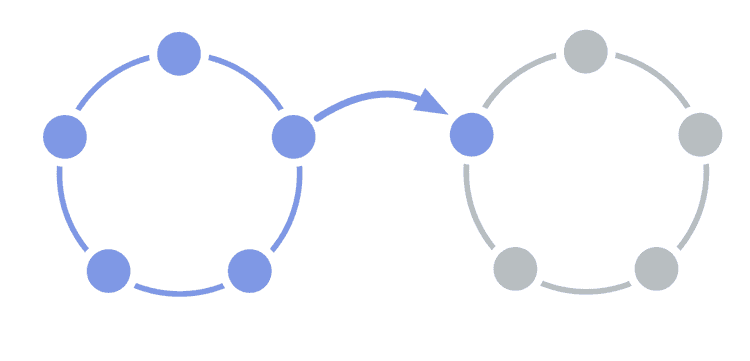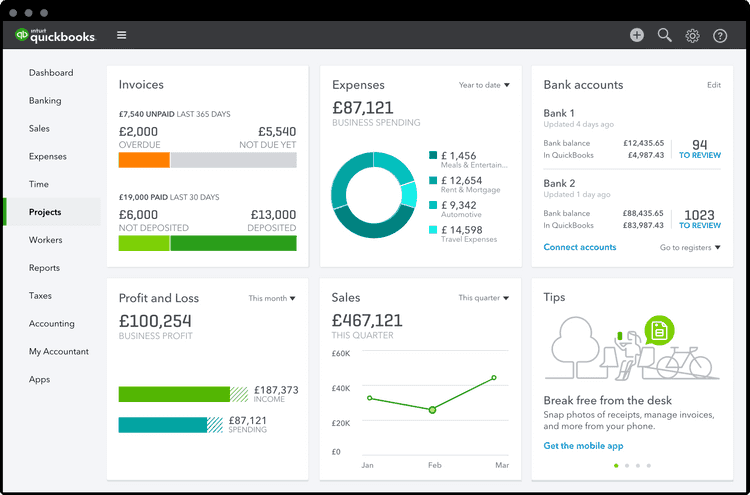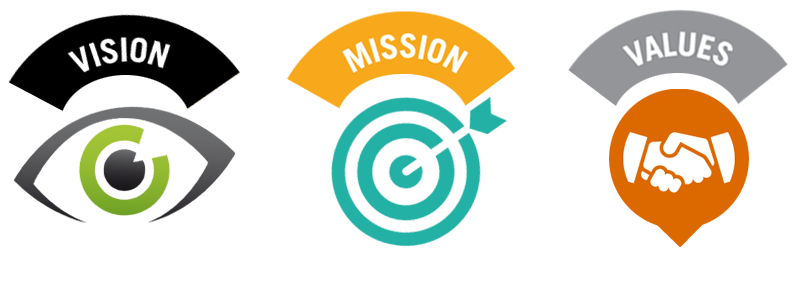 Illustration 193041456 © Tarikvision - Dreamstime.com
Illustration 193041456 © Tarikvision - Dreamstime.com
In early 2014, I created my first real startup, Loanbase. It didn’t start out by that name, but that’s a different story. Within two years of starting, Loanbase became the biggest P2P Bitcoin lending platform in the world. Within a year of reaching this peak, the company failed and we disbanded! This was a very painful experience, which prompted me to do a lot of soul-searching.
The first sign that things weren’t going well was that one of our best engineers left the company at the very peak of our “success”. One of the reasons that he left was that the equity structure wasn’t complete yet. We had put it off for some time because we were busy doing other things. In retrospect, this certainly wasn’t the only reason he left, and it never is. The equity was just the final straw for him. It took me a while to figure out what all the other straws were and the list was long. It was a death by a thousand paper cuts and a few swift sword chops! Our business wasn’t going well, the product-market fit wasn’t there, the traction wasn’t there, my co-founder and I were frequently having heated arguments in front of the employees, but worst of all… our accountability, to our team, our customers, and our shareholders, was nonexistent. While all of this was happening, we kept telling our stakeholders and (worst of all) ourselves, that everything was fine!
 Illustration 193041456 © Tarikvision - Dreamstime.com
Illustration 193041456 © Tarikvision - Dreamstime.com
By contrast, we’ve been running ST6 for more than 3 years now. Our organization is twice as big as Loanbase at its peak, we’re self-sustainable, 10x more profitable than the closest competitors in our segment, our average employee compensation is 20% higher than what the competitors offer, and our employee churn rate for this entire time has been 0. So the problems we encountered with Loanbase were certainly not unavoidable. I believe that nearly all of them could have been avoided had we been more transparent!
Better Decision-Making with Transparency and Accountability
Transparency keeps you honest and focused, makes your organization more resilient, provides you with the highest probability of success, and makes everybody accountable. Of course, the ultimate accountability comes in the form of the startup failing if you make enough bad decisions. However, you might already realize that keeping yourself accountable isn’t something you should do once every couple of years (the approximate time it takes for you to burn through your runway). Your monthly check-ins with investors aren’t enough either. Not only are they not enough, but the whole principle of those check-ins is completely broken! Instead, you should do it every single day. Transparency also allows you to easily delegate decision-making to other members of your organization. That frees you up to focus on the issues that need your attention the most.
If you hire smart people, then it would be an absolute pity if you didn’t enable them to make the best decisions possible.
I ran across a very interesting blog post by Thomas Seager which defined a decision as “an irreversible commitment of resources.” The blog post is an excellent dive into what it takes to make a decision. One of the key takeaways was that if you wanted “to empower people in your organization to make decisions, you must communicate to them the resources they have the right to commit.” That’s a sentiment that I mostly agree with and we have a very similar understanding at ST6. In addition, we find that we also have to provide people with all the relevant resources they need in order to make a decision. The key things that people need to know about when they make a commitment of resources are:
- All Relevant Communication and Decisions
- All Company Finances
- The overall state of company finances
- Pricing, sales, and income
- Spending and salaries
As a founder, you want to have a clear view of all of the information you have at your disposal in order to make the best decisions. If you hire smart people, then it would be an absolute pity if you didn’t enable them to make the best decisions possible.
Transparency in Communication and Decisions
Usually, people look up to the leadership of the companies to make great decisions. The reason why that happens is not that the leadership are the smartest and most experienced people (I don’t discount the possibility that they might be), but because they’re the ones that usually have enough information to make a decision and the permission to commit resources. If you want to enable more people in the company to make decisions, you not only have to give them permission to commit resources but you have to give them enough relevant information. Note that this doesn’t preclude the company from taking into account people’s experience and competency when helping vet those decisions.
Within ST6, we strive to keep all legally permissible communication available in channels accessible to everybody in the organization. All of the internal team communication and external communication with clients is shared in the corresponding Slack channels. Before I reach out to a client for any communication that is relevant to the team, I first share it in the Slack channel for that client and I ensure that the team provides me with constructive feedback. Only then do I send it to the client. Likewise, I also see all the day-to-day communication related to that account in Slack. Each team (called a circle) has a specific domain it owns within the organization. Each circle maintains public meeting notes, which contain the discussions and decisions that they’ve made.
In addition to having good practices for information-sharing, we also have an organizational structure that fosters the distribution of information across the entire organization. We’ve been inspired by Sociocracy 3.0 to adopt the circles as an organizational structure. Each team member is free to join any circle within the organization which results in double-linking and the proliferation of relevant information within other circles.
Transparency in Company Finances
Another key area of transparency is financial. In standard organizations, company leadership also factors in the financial situation of the company when they’re making decisions. We find that enabling employees to make decisions also requires financial information to be made available. Within ST6, each employee has full access to the complete state of company finances, which is provided to them via a shared reporting account in Quickbooks. They can run any financial report or dig into every transaction that the company makes. As you can imagine, the financial accountability of ST6 is far greater than any other private company. In fact, we find that even public institutions don’t provide such direct access to financial information to their constituents.
We share all of the analysis relating to our formation of pricing. Each employee also sees the invoices we send out. They see the rates at which we bill the client for every person in the company. Quickbooks not only lets employees see the spending but the salaries as well. So each employee knows what everybody in the company is making, including the founders and partners within the company. That’s key to the enablement of employees to get involved in the decision-making process!
The Results
 Photo 136284351 © Gearstd - Dreamstime.com
Photo 136284351 © Gearstd - Dreamstime.com
This whole exercise wouldn’t be worth the time if we didn’t find our results to be exceptional. As I mentioned in the beginning of the post: we’re self-sustainable, 10x more profitable than the top 3 closest competitors in our segment, our average employee compensation is 20% higher than what the competitors offer, and our employee churn rate for this entire time has been 0. This approach not only leads to excellent performance, but also enables all sorts of useful behavior. For example, employees can now set their own salaries and my life is much easier because I no longer have to think about who is getting fair compensation and who isn’t. The drama and tension around compensation are completely gone—nobody thinks about it. Our entire focus is on solving problems and realizing the vision of the company!
P.S.
Of course, we didn’t invent any of this ourselves. By the time Stefan, Ivaylo, and I started ST6, we had already built up a lot of experience with the problems of insufficient transparency and accountability. Stefan pushed us to learn more about what other competent people were doing. As the saying goes- “good artists copy; great artists steal” and we too are shameless about the fact that we’ve “stolen” some of these ideas from other successful entrepreneurs. In particular, from Ray Dalio’s “Radical Transparency,” Frederic LaLoux’s “Reinventing Organizations,” Kagan & Lahey’s “Deliberately Developmental Organizations,” and Sociocracy 3.0.



